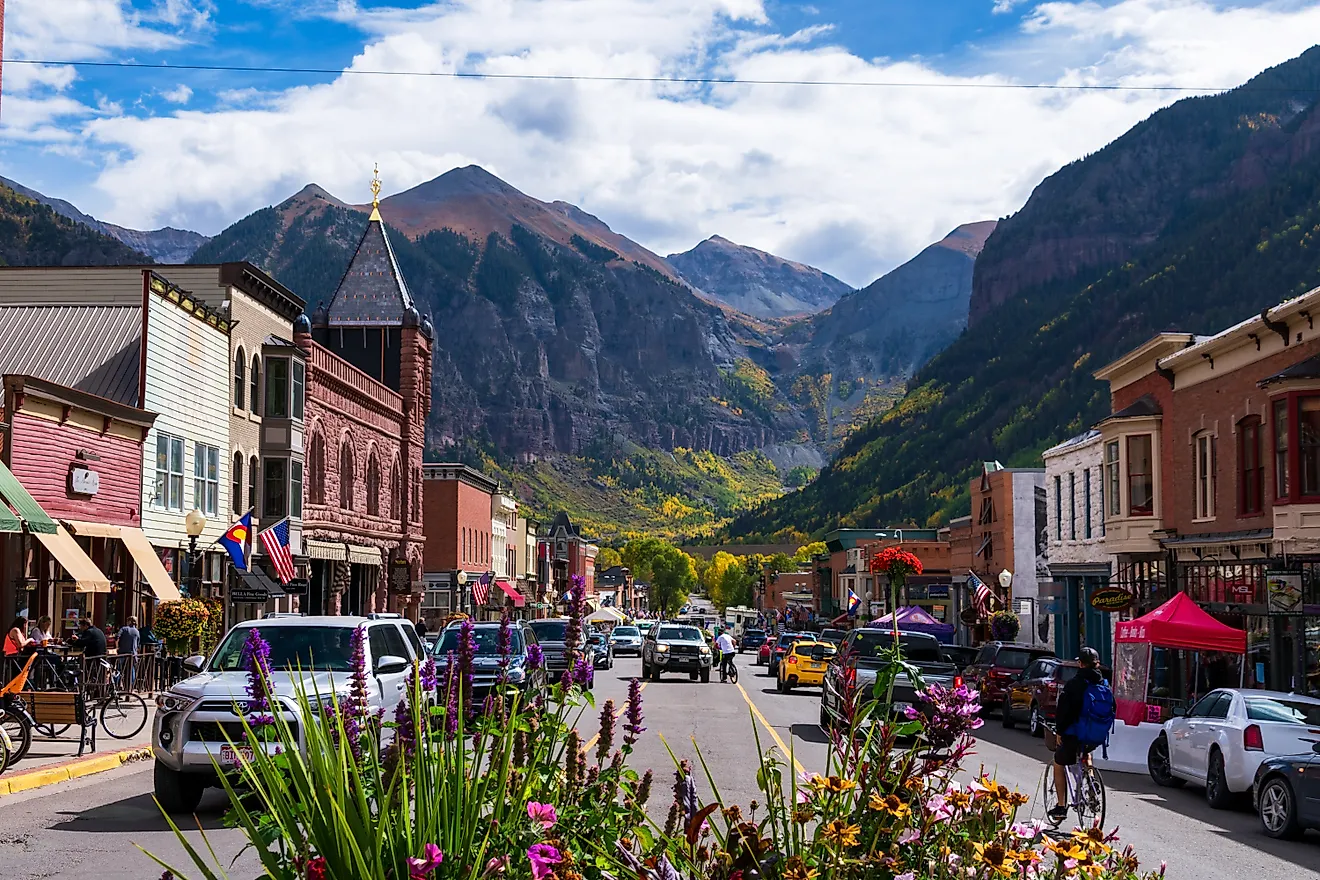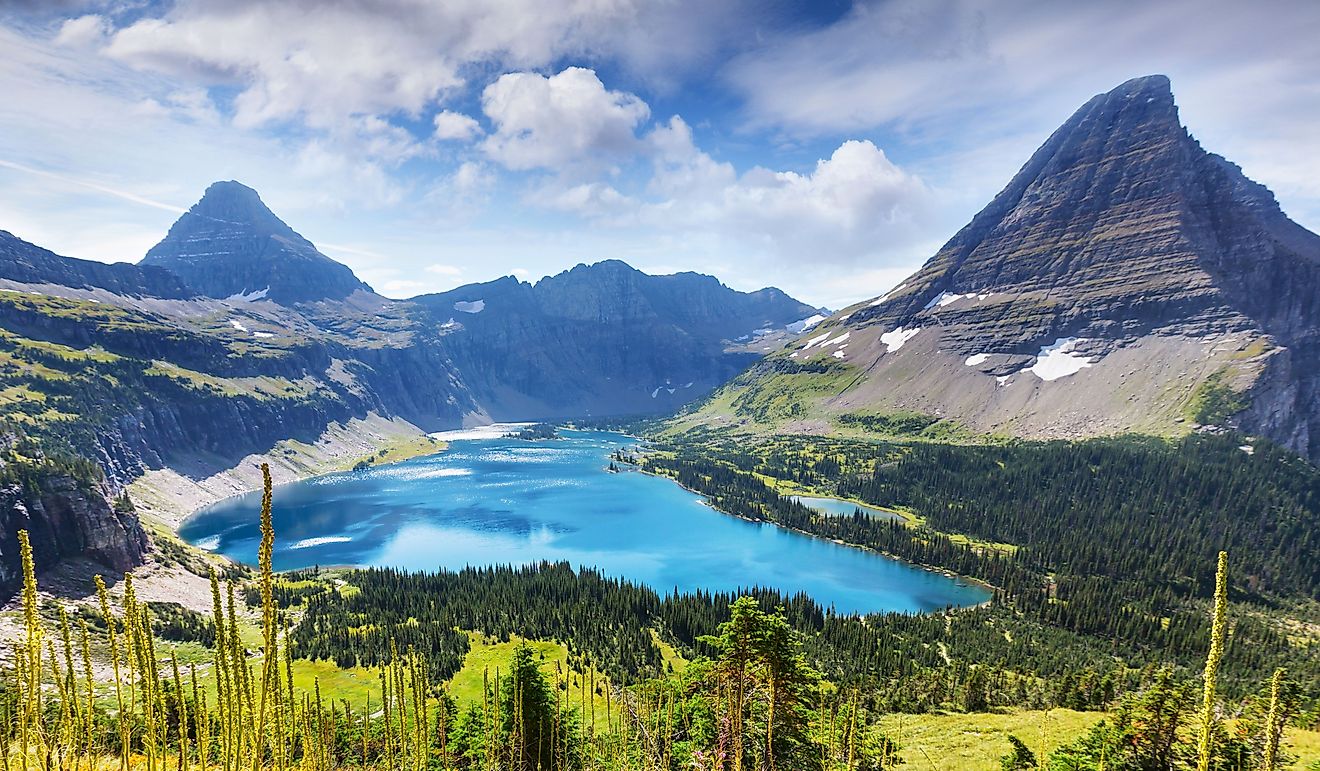
7 Strange Discoveries About the Great Wall of China
The Great Wall of China is one of the wonders of the world with a history that dates back more than 2,000 years. While its popularity is as old as time, this eye-popping marvel has continued to grip the attention of tourists globally. The common knowledge about the wall is that it is a military defense project featuring watch towers, garrison stations, and connective walls. However, several strange discoveries that inspire a burning curiosity to visit this monument are always revealing themselves. Here, we look at seven strange discoveries about the Great Wall of China, otherwise known as the world's longest man-made structure.
Plants on either Side of the Wall Are Genetically Different
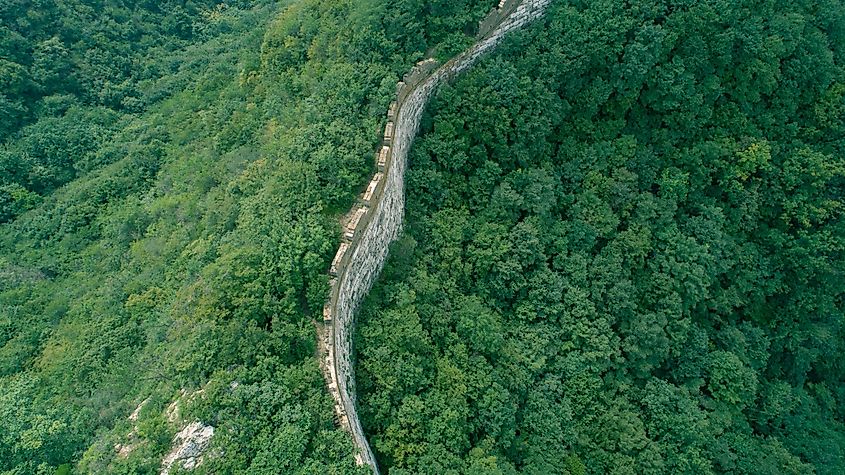
According to biological science, living organisms start displaying diverse traits when separated by natural barriers such as mountains, hills, or glaciers. The Great Wall of China is man-made, but plants on either side of the wall have different genetic compositions. Scientists from Peking University in Beijing confirmed the genetic variability of plants along the Great Wall. They conducted experiments with plants at the Juyongguan section of the wall and compared them to plants separated by natural barriers like mountains. Studying three plant groups, they discovered that the wall, similar to a mountain, functions as a genetic barrier for plants.
It Could Take You a Year to Walk the Great Wall of China

Thru-hiking has become popular among many travelers, and the Great Wall of China is one of the top destinations. With a total length of 13,171 miles, it is nearly impossible for anyone to walk its entire length. Most people choose to walk the Ming Dynasty section of the Great Wall, which alone stretches about 5,500 miles continuously. If you walk 20 miles each day, it would take around 9 months to finish. It could take even longer depending on weather conditions and how long your funds last! Despite the challenge, some people have successfully walked the Great Wall, including Dong Yaohui, who did it in 508 days (17 months).
The Walls Cannot Be Seen From Space

Many believe that this enormous structure can be seen from space. Unfortunately, this myth was debunked when humans started landing on the moon. Initially, the Chinese dismissed the claim that the walls couldn't be seen from space because it originated from Western authors. The Ministry of Education even included this claim in school textbooks. However, in 2003, the general Chinese public changed its view after Yang Liwei, the first Chinese astronaut to go into space, confirmed that the wall cannot be seen from up there.
The Wall Was Built With Rice
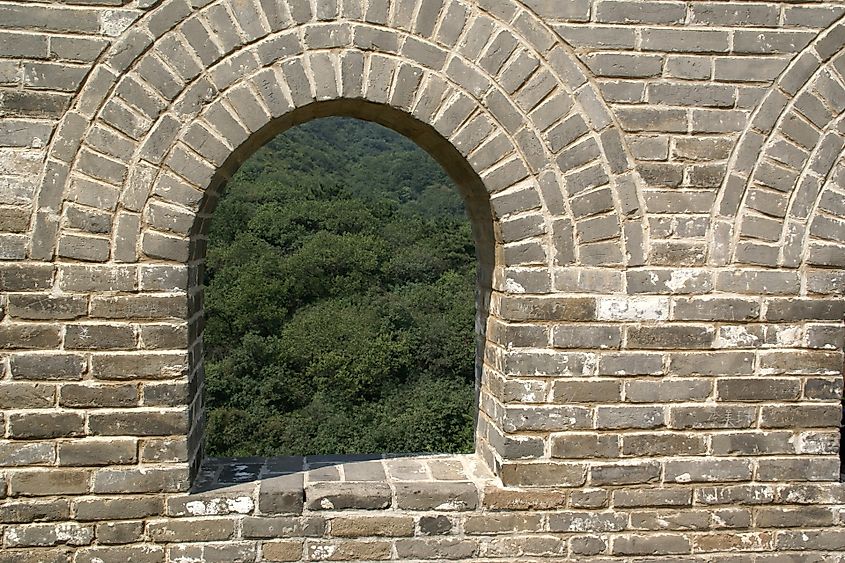
The Great Wall of China was constructed using stones, sand, bricks, rammed earth, and various other materials, including rice. Surprisingly and exceptionally, this is true. During the Ming Dynasty (1368–1644 AD), sticky rice was employed to make the mortar that bound the bricks of the Great Wall. This mortar was made by combining sticky rice flour with slaked lime. The ancient Ming Dynasty people were aware of rice's adhesive qualities long before modern science confirmed it. Many years later, chemists discovered that rice contains a unique polysaccharide called amylopectin, which makes sticky rice highly adhesive. Today, the sticky rice mortar remains the primary binding agent in the brick sections of the wall. It was so effective that weeds rarely grew between the bricks, unlike with regular mortar.
The Wall May Be the World’s Longest Cemetary

Human bones were not used to build the walls like rice. However, some estimates of the human toll it took for its construction make the wall the world's longest cemetery. Possibly hundreds of thousands of workers died during its construction and were buried at its foundation. Many of these workers are known to have been convicts who were used to build the wall as punishment since its construction was exceptionally life-threatening.
The Wall Stretches to Mongolia

As the world's longest man-made structure, the Great Wall of China extends beyond China, and into Mongolia. However, the Mongolian part of the wall was largely unknown for many years until a group of explorers spearheaded by William Lindesay rediscovered it in the Gobi Desert. Interestingly, some Mongolians had no idea the wall got to their country or thought it had been destroyed. The Mongolian section of the wall, known as the arc, even predates the main part of the walls built by the Ming Dynasty (1348 - 1644) by about 500 years. Sadly, the Mongolian arc is one of the most dilapidated sections of the wall and receives the least attention, considering that it is just 62 miles long.
The Walls May Disappear in a Few Years
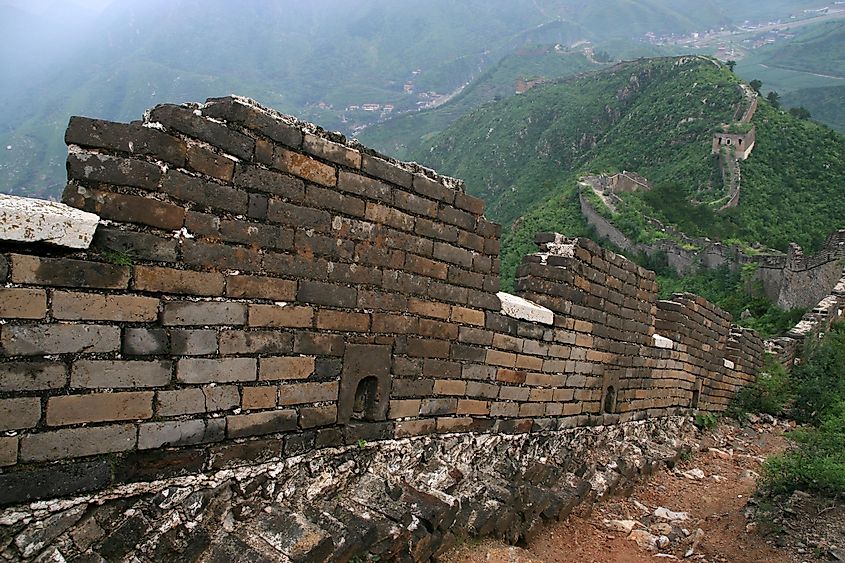
The Great Wall of China stands as a source of national pride for the Chinese people, and it is also evidence of the strength and intelligence of humans. Unfortunately, the walls are not properly maintained. Over the years, about one-third of the Great Wall has disappeared as a result of vandalism and natural causes. Some early walls are currently on the verge of collapse, and without immediate conservation efforts, entire sections may disappear in as little as 30 years.
The Great Wall of China is one of the most popular attractions in the world, receiving approximately 10 million visitors yearly. This is because the wall is a construction wonder with many fascinating features. While the monumental structure is reportedly disappearing due to high tourist traffic, it will continue to stun travelers, archaeologists, civil engineers, and just about anyone with an eye for great things.

